Japan, a land steeped in tradition and innovation, often evokes a myriad of stereotypes and misconceptions from outsiders. From anime enthusiasts to corporate warriors, sushi aficionados to martial arts masters, the perception of Japanese culture is often shaped by popular media and limited exposure. Yet, behind these caricatures lie nuanced realities that challenge these oversimplified narratives.
In this exploration, we delve into ten pervasive myths about Japanese culture, unraveling the truth behind each stereotype. We navigate through the complexities of daily life in Japan, where tradition intersects with modernity, and where diversity thrives amidst cultural unity. From culinary habits to religious practices, work ethics to societal norms, each myth is examined through a lens of cultural understanding and contemporary perspectives.
Join us on a journey to uncover the rich tapestry of Japan’s cultural landscape, where myths are debunked, and truths are revealed. Through this exploration, we aim to foster a deeper appreciation and awareness of Japan beyond its surface impressions, inviting readers to discover the authentic essence of a nation both rooted in history and propelled towards the future.
Certainly! Here’s an elaboration of each of the 10 myths about Japanese culture, with 220 words for each point:
1. Everyone in Japan is obsessed with anime and manga

While anime and manga are prominent cultural exports from Japan, not every Japanese person is obsessed with them. These forms of entertainment have a dedicated fan base and cultural significance, but their popularity varies among different demographics. Many Japanese people enjoy a wide range of hobbies and interests beyond anime and manga, such as traditional arts, sports, music, and more. The perception of universal obsession stems largely from the global appeal of anime and manga rather than a reflection of daily life for everyone in Japan.
2. All Japanese people are workaholics
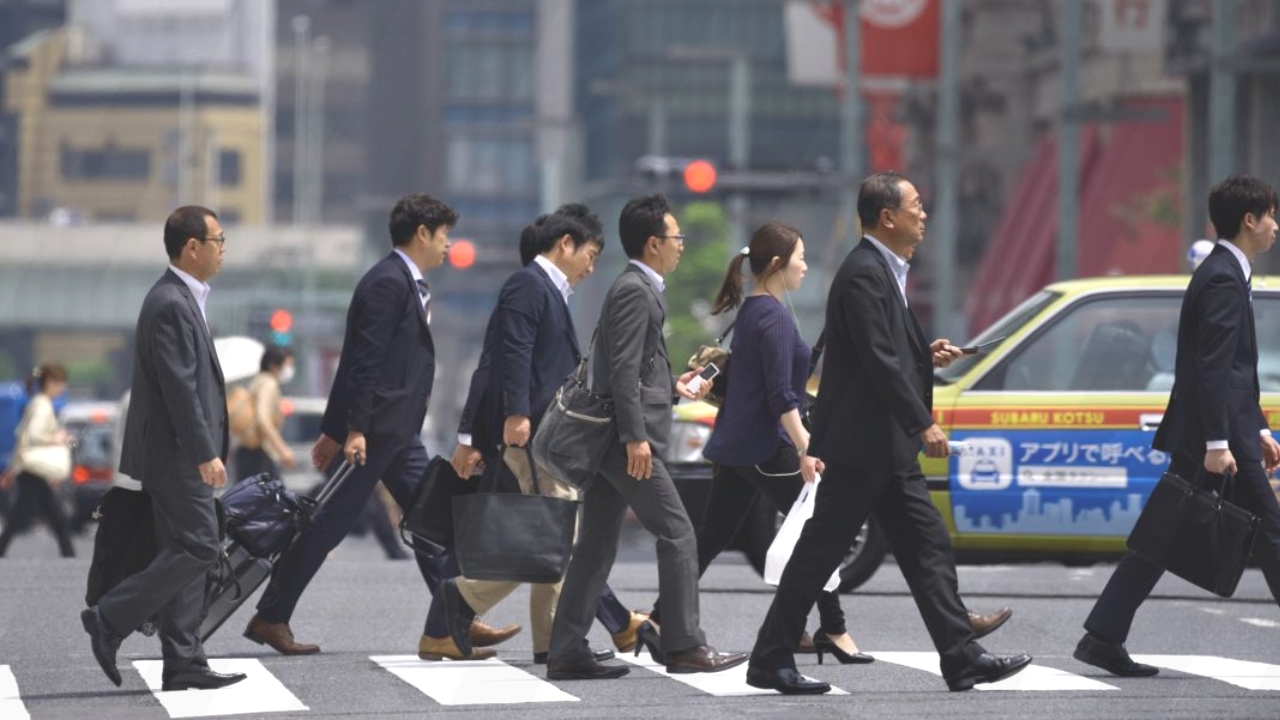
The stereotype of Japanese people as workaholics stems from the intense work culture often associated with Japan, where long hours and dedication to one’s job are valued. While it’s true that Japan has a strong work ethic, not all Japanese people work excessively long hours. In recent years, there has been a growing awareness of work-life balance, and efforts to reform labor practices have been made to address issues like karoshi (death from overwork). Many Japanese companies are also promoting flexible working arrangements and employee well-being initiatives to create healthier work environments.
3. Japanese people eat sushi every day
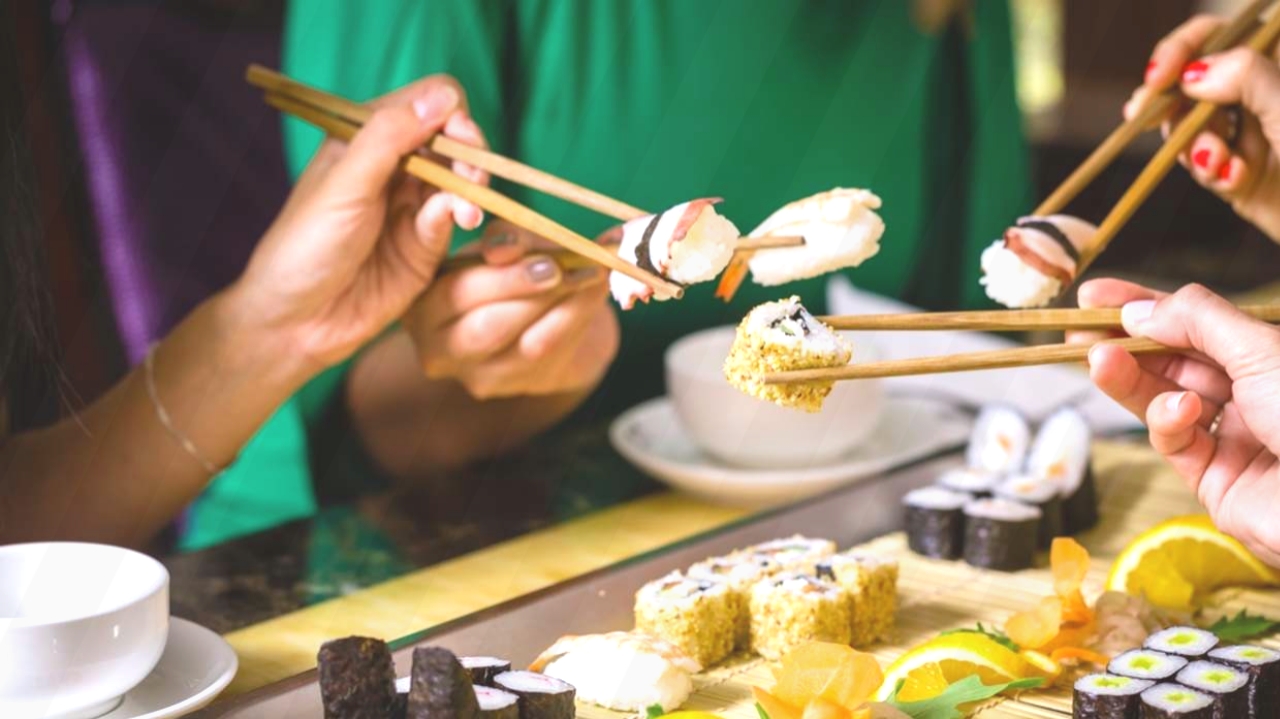
Sushi is a popular and iconic dish in Japan, but it’s not consumed daily by everyone. Sushi is more commonly enjoyed on special occasions, celebrations, or when dining out rather than as a regular meal. In Japan, there is a wide variety of traditional dishes and regional cuisines that people enjoy on a daily basis, such as rice bowls (donburi), noodles (ramen, udon), and grilled dishes (yakitori). The perception of daily sushi consumption is often influenced by international portrayals and tourism experiences rather than everyday dietary habits of the average Japanese person.
4. Japan is a homogeneous society with no diversity
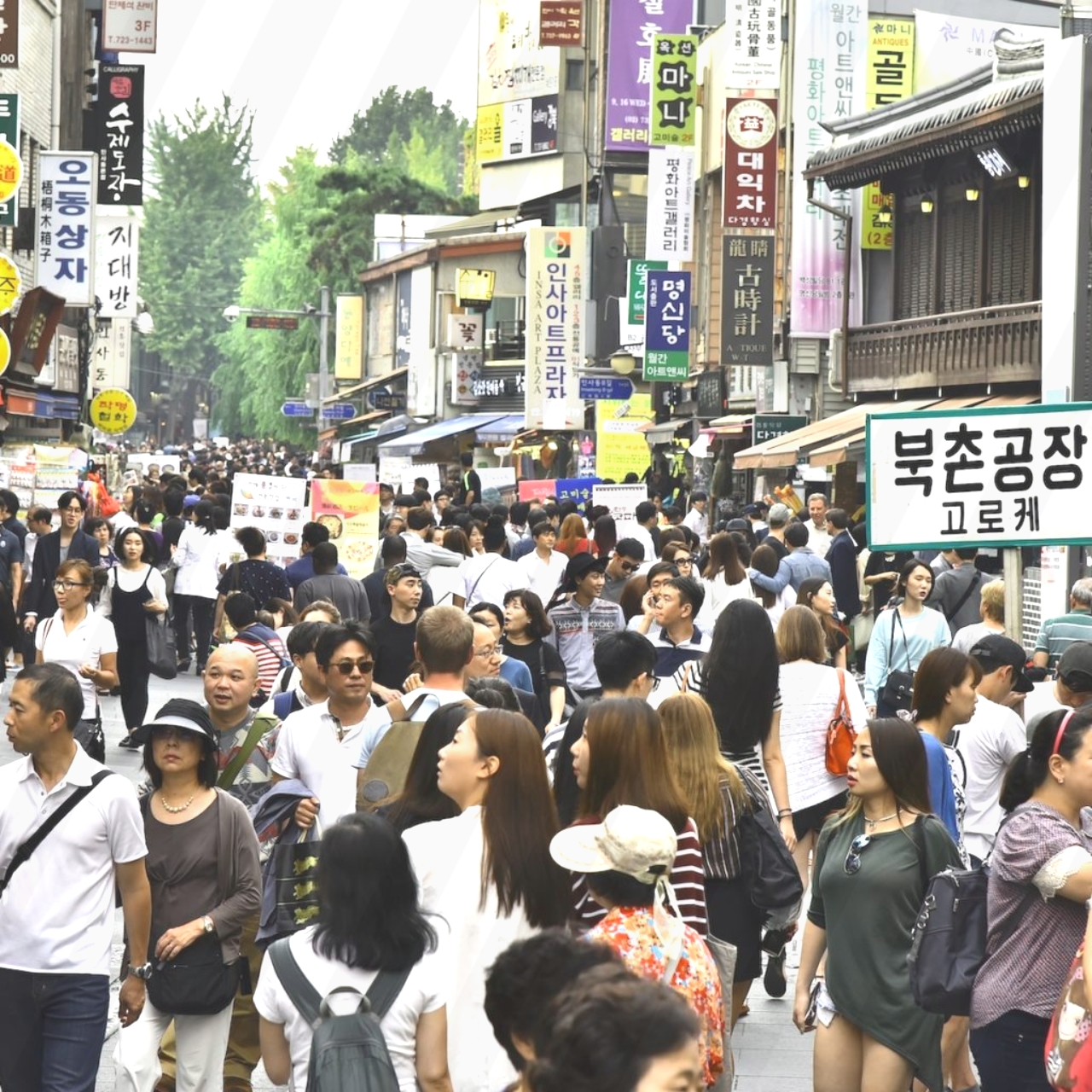
While Japan is often perceived as a homogeneous society due to its ethnic majority being Japanese, it does have diversity in various forms. There are ethnic minorities such as Ainu, Ryukyuans, and Koreans, as well as foreign residents and immigrants from different countries. Japan’s population includes people with diverse backgrounds, languages, and cultural practices, contributing to its social fabric and community dynamics. However, issues related to discrimination and integration challenges for minorities are present, reflecting ongoing societal debates and efforts to promote inclusivity.
5. Japanese people are extremely polite all the time
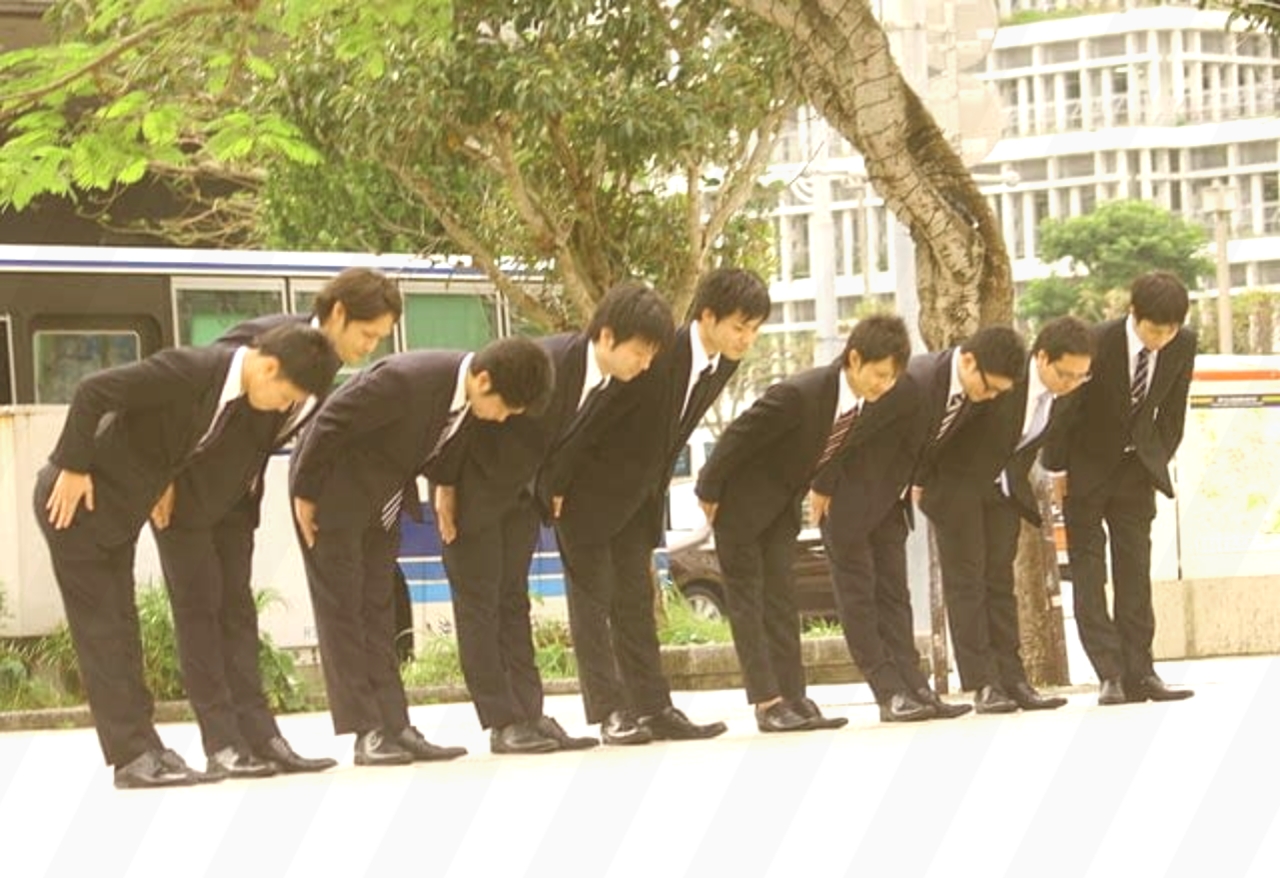
Politeness is a valued aspect of Japanese culture, but the perception that everyone is extremely polite at all times oversimplifies social interactions. While formal politeness (keigo) is used in certain situations like business settings or public services, casual and informal language is common among friends, family, and in relaxed environments. Japanese people adapt their speech and behavior based on the context and relationship with others, balancing politeness with genuine expressions of emotion and opinions. This nuanced approach to communication allows for both respectful interactions and genuine connections in everyday life.
6. Everyone in Japan knows martial arts
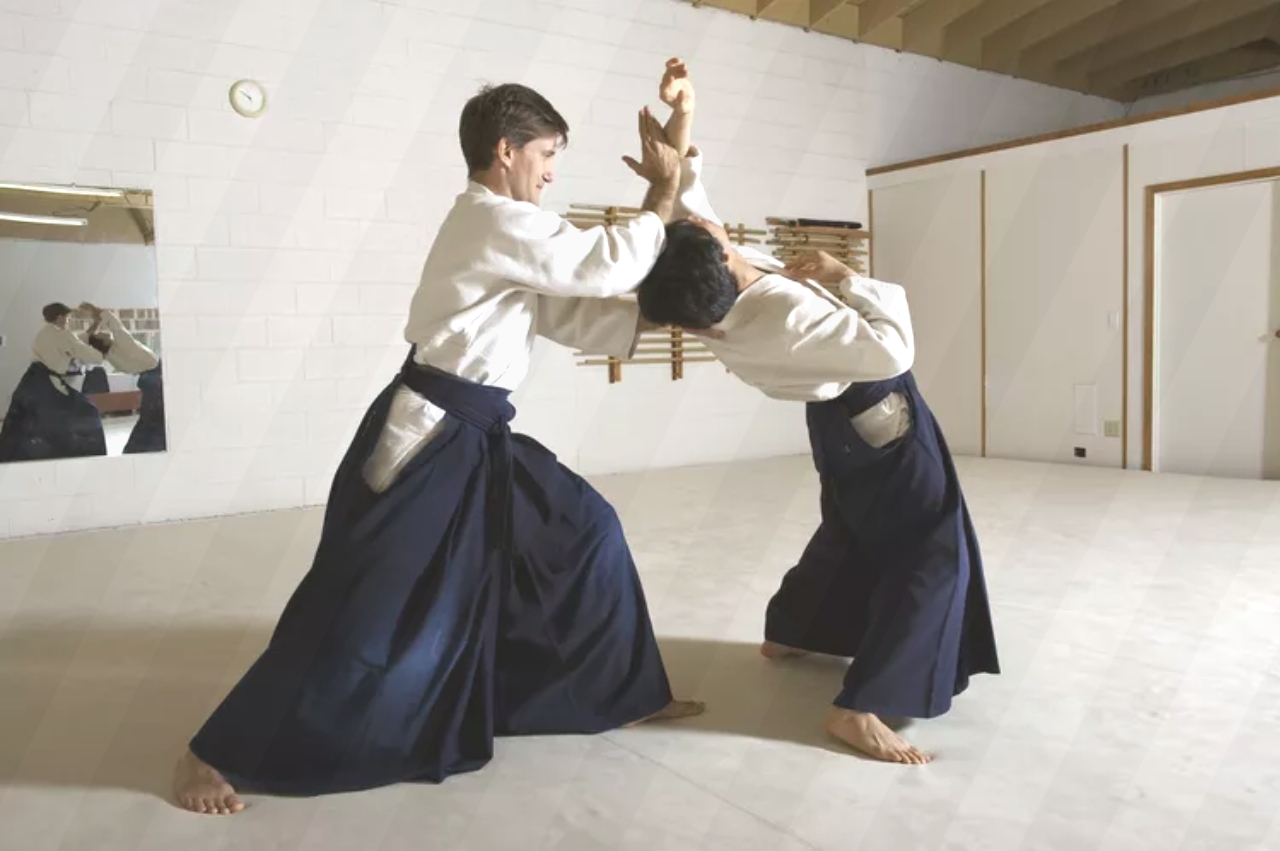
Martial arts have historical and cultural significance in Japan, but not every Japanese person practices them. Arts like judo, karate, kendo, and aikido have deep roots in Japanese traditions and philosophy, emphasizing discipline, technique, and mental focus. While some individuals study martial arts as a hobby or for self-defense, participation is not universal across the population. Martial arts training often starts at a young age through schools or specialized dojos (training halls), but many Japanese people pursue other interests and activities for recreation and personal development. The popularity of martial arts varies regionally and among different age groups, with participation influenced by personal interest, family traditions, and community involvement rather than a mandatory cultural practice for all.
7. Japanese women are submissive and passive
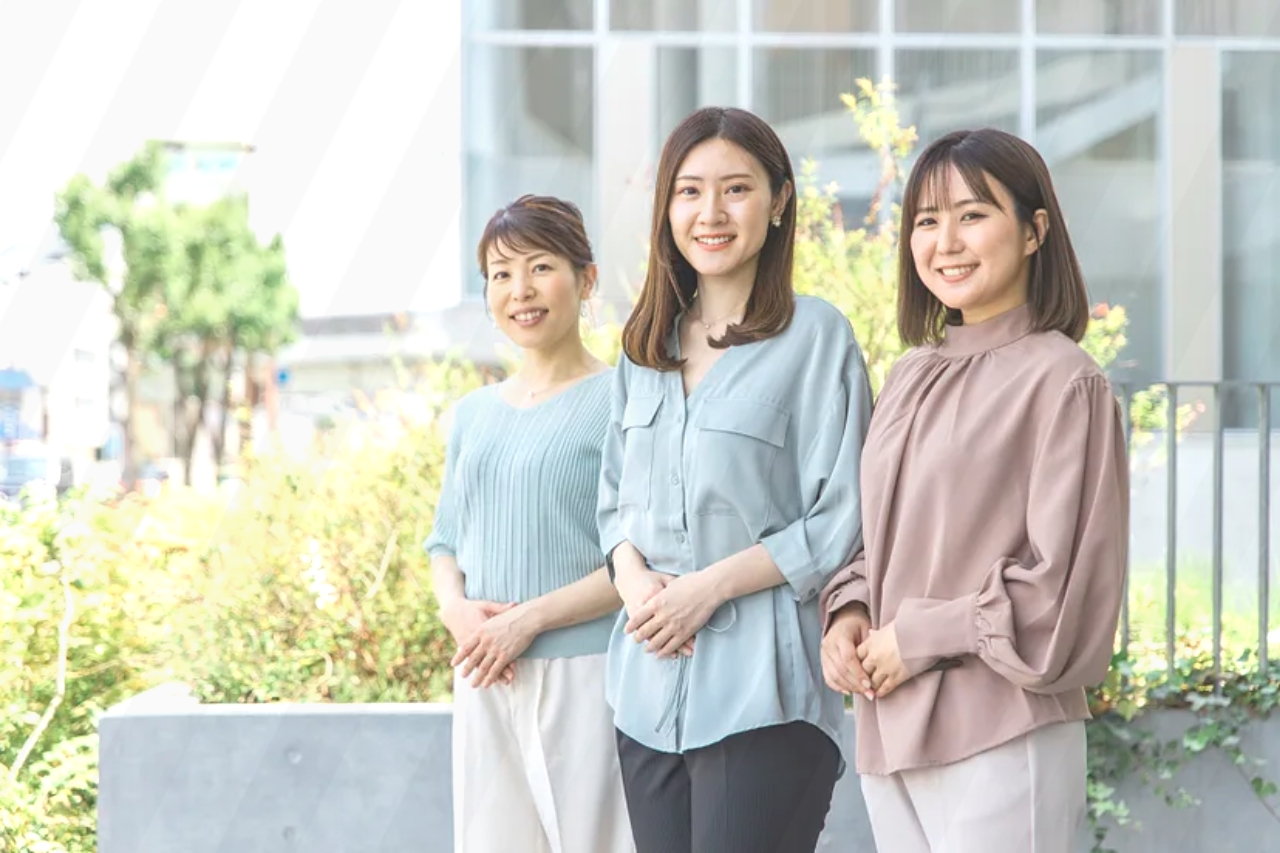
The stereotype of Japanese women as submissive and passive overlooks the diversity and agency of women in Japanese society. While traditional gender roles have influenced social expectations, modern Japanese women actively participate in various roles and professions, including business, politics, academia, and the arts. Women’s rights movements and societal changes have led to greater opportunities for education, career advancement, and leadership roles, challenging stereotypes and promoting gender equality. Japanese women navigate cultural expectations while asserting their individuality and contributing to diverse aspects of society. While challenges such as gender gaps in pay and representation persist, the image of passive obedience does not accurately reflect the resilience, creativity, and contributions of Japanese women in shaping contemporary Japan.
8. Japan is technologically advanced in all aspects
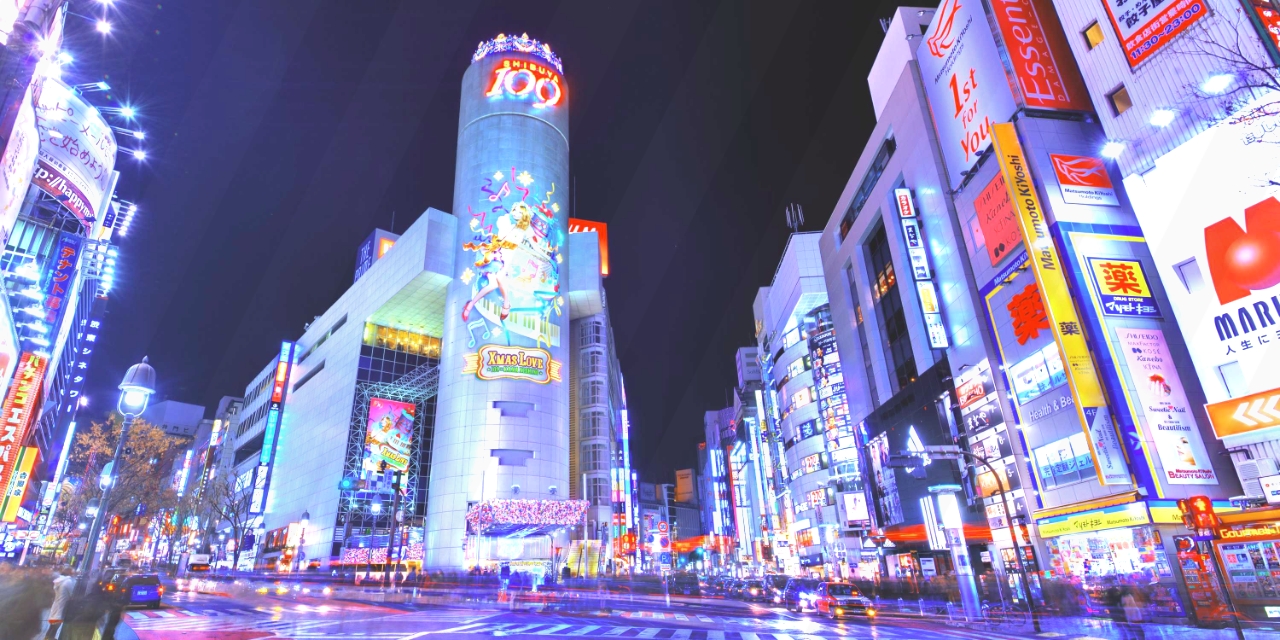
Japan is renowned for its technological innovations in electronics, automotive manufacturing, robotics, and infrastructure. However, the perception that Japan is uniformly advanced in all technological areas oversimplifies its diverse technological landscape. While Japan leads in certain industries and consumer technologies, other areas may face challenges or competition from global markets. Innovation hubs in cities like Tokyo and Osaka drive research and development, fostering collaborations between academia, government, and industry. Japan’s commitment to technological progress is evident in fields such as high-speed rail (Shinkansen), renewable energy, and healthcare innovations. Yet, like any advanced economy, Japan grapples with issues such as digital transformation, aging infrastructure, and adapting to emerging technologies. The dynamic nature of Japan’s technological landscape reflects ongoing efforts to maintain competitiveness and leadership in a globalized world.
9. Everyone in Japan follows traditional Shinto or Buddhist practices
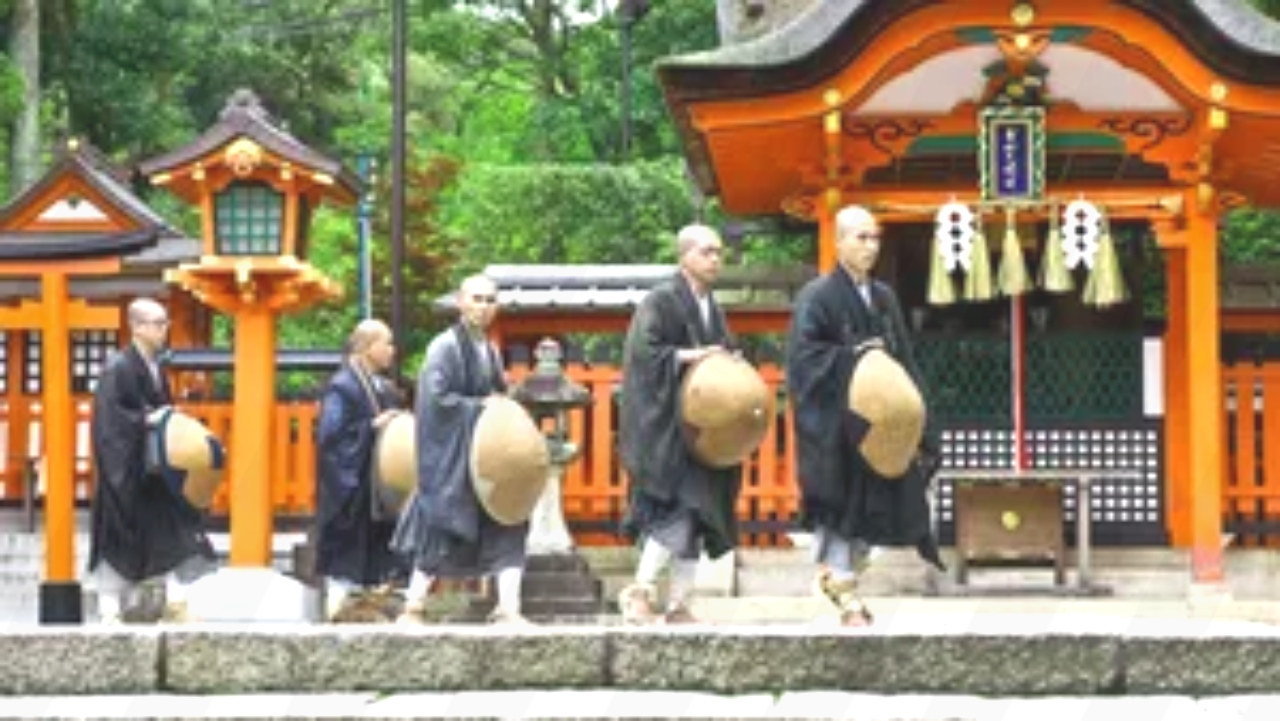
Shinto and Buddhism are major religions in Japan, each with its rituals, beliefs, and cultural significance. While many Japanese people participate in ceremonies and festivals associated with these traditions, not everyone adheres strictly to religious practices. Some identify as non-religious, spiritual but not religious, or follow a personalized blend of beliefs. Cultural traditions rooted in Shinto and Buddhist influences are integrated into daily life, including ceremonies for births, weddings, and ancestral remembrance. Shrines (jinja) and temples (tera) serve as spiritual centers and cultural landmarks, welcoming visitors seeking solace, blessings, or cultural experiences. The diversity of religious expressions reflects Japan’s historical legacy, modern pluralism, and evolving attitudes towards spirituality. Religious tolerance and coexistence contribute to Japan’s social fabric, fostering a sense of community and respect for diverse beliefs. While traditional practices endure, Japan’s religious landscape continues to evolve alongside societal changes and global influences.
10. Japan is an expensive country to live in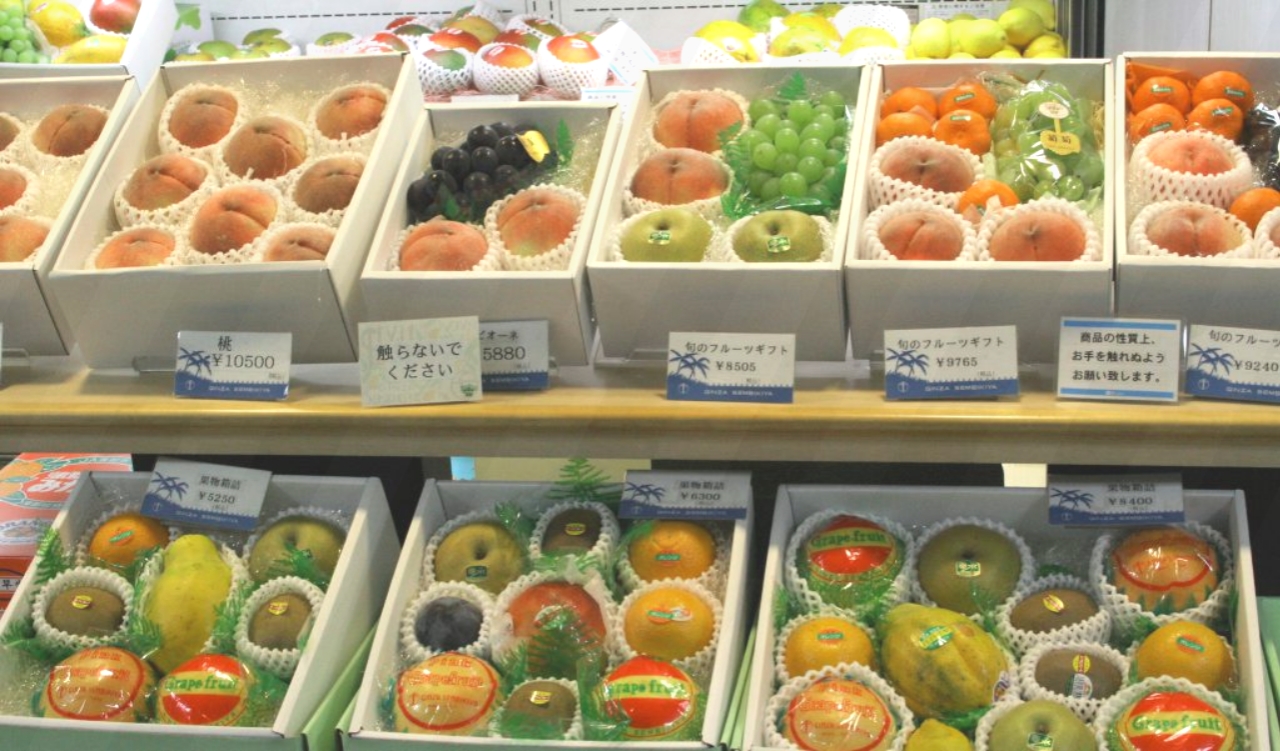
Japan’s cost of living varies depending on location, lifestyle choices, and economic factors. While cities like Tokyo and Osaka are known for high living expenses, other regions offer more affordable options. Housing costs, transportation expenses, and daily necessities influence overall affordability for residents and visitors. Japan’s consumer prices for goods and services reflect its economic stability and quality standards, impacting household budgets and purchasing power. While urban areas may present higher costs, rural communities offer different living standards and economic opportunities. Factors such as inflation, exchange rates, and market competition shape Japan’s pricing dynamics across sectors like tourism, retail, and hospitality. Budget-conscious strategies such as public transportation passes, local dining options, and seasonal promotions can enhance affordability for travelers and residents alike. Japan’s economic policies and social programs support diverse lifestyles and income levels, fostering resilience and inclusivity within its society. Balancing cost considerations with quality of life priorities enables individuals to navigate Japan’s living expenses effectively, reflecting its dynamic economic landscape and cultural diversity.





